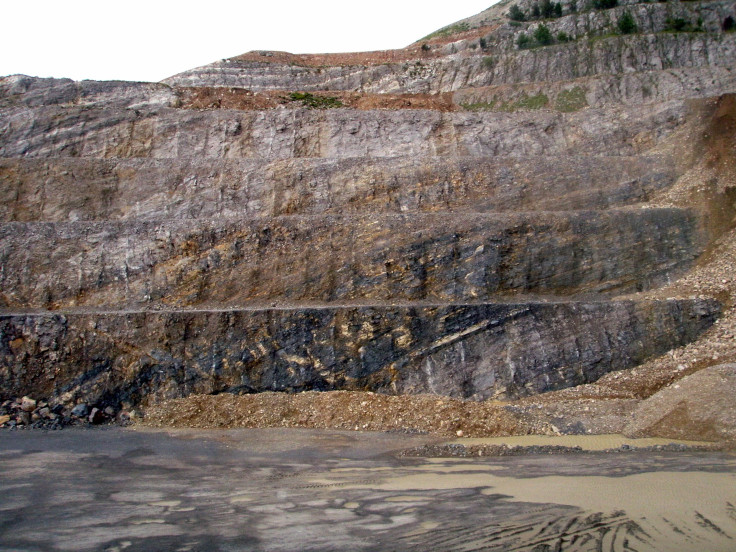After Mass Extinction, Earth’s Ocean Was Jurassic Dead Zone

A mass extinction event that wiped out the majority of the world’s creatures was made worse because the Earth’s ocean had almost no oxygen for thousands of years afterward.
Scientists reported in the journal Geochemistry, Geophysics, Geosystems that they studied rock formations to determine how much dissolved oxygen was in Earth’s prehistoric ocean about 200 million years ago. Their results suggest that life would have taken a long time to rebound after a mass extinction event commonly known as the end-Triassic extinction — which happened at the boundary between the Triassic and Jurassic periods — because of the low oxygen level.
According to the study, the dearth of oxygen had the effect of “suppressing marine biodiversity” because the creatures lucky enough to survive the mass extinction would not have found low-oxygen areas habitable for thousands of years.
The researchers were specifically looking at the levels of uranium in the limestone because the amount of that element also indicates how much oxygen on average was present in the seawater over time, while the rock was forming. That’s because water with low or high levels of oxygen tends to produce more of one uranium isotope over another, and these uranium isotopes become pretty evenly distributed through the ocean — making the uranium isotope levels in the limestone that formed in the water, in this case at a formation called the Lombardy Basin in northern Italy, a good indicator of what was occurring the water around the globe.
“Areas of the seafloor without oxygen increased by a factor of 100 during the end-Triassic extinction event,” the American Geophysical Union explained in a blog post about the study. “It took about 50,000 years for ocean oxygen levels to return to what they were before the extinction event and it may have taken as long as 250,000 years for coral reefs around the globe to fully recover.”
The end-Triassic mass extinction took out about three-quarters of the species on Earth — both on the land and in the sea. It was the fourth-largest mass extinction on the planet, according to the AGU, and might have been caused by a tremendous increase in volcanic activity that choked the air with carbon dioxide.
“That would have made oceans more acidic and caused ocean water to become anoxic,” the AGU said, referring to the absence of oxygen. “Severe anoxia causes ‘dead zones’ in the water where low levels of oxygen cause marine life to suffocate and die.”
The study looks both to the past and to the future because while it shows scientists what happened 200 million years ago, it also reveals how marine species may be affected by future changes in the Earth’s oceans.
It might also hold clues about the worst mass extinction event in the planet’s history, the end-Permian mass extinction that happened only about 52 million years earlier. Some scientists have drawn comparisons between the end-Triassic and the end-Permian extinction that occurred at the boundary between the Permian and Triassic periods.
“The end-Permian was much longer, and the recovery was much longer and the extinction more severe,” lead study author Adam Jost said, according to the AGU. “So in some ways, the end-Triassic is a mini end-Permian.”
© Copyright IBTimes 2024. All rights reserved.





















